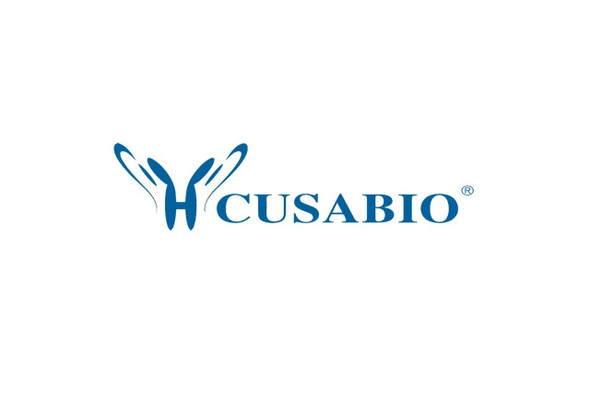Cusabio Polyclonal Antibodies
OLFM3 Antibody | CSB-PA201620
- SKU:
- CSB-PA201620
- Availability:
- 3 to 7 Working Days
Description
OLFM3 Antibody | CSB-PA201620 | Cusabio
OLFM3 Antibody is Available at Gentaur Genprice with the fastest delivery.
Online Order Payment is possible or send quotation to info@gentaur.com.
Product Type: Polyclonal Antibody
Target Names: OLFM3
Aliases: olfactomedin 3
Background: OLFM3 (olfactomedin 3), also known as NOE3, is a 478 amino acid protein that interacts with myocilin. Myocilin is an extracellular protein that plays a key role in the actomyosin system and is responsible for controlling intraocular pressure. OLFM3 is a secreted protein that contains an olfactomedin-like (OLF) domain, an approximately 260 amino acid motif commonly found in secreted glycoproteins. OLFM3 localizes to the Golgi apparatus of the cell and is highly expressed in both eye and brain tissue. Mutations in the gene that encodes OLFM3 may cause severe glaucoma, a condition in which increased intraocular pressure within the eyeball causes loss of eye sight.
Isotype: IgG
Conjugate: Non-conjugated
Clonality: Polyclonal
Uniport ID: Q96PB7
Host Species: Rabbit
Species Reactivity: Human, Mouse, Rat
Immunogen: Fusion protein of human OLFM3
Immunogen Species: Human
Applications: ELISA, WB
Tested Applications: ELISA, WB;ELISA:1:1000-1:2000, WB:1:200-1:1000
Purification Method: Antigen affinity purification
Dilution Ratio1: ELISA:1:1000-1:2000
Dilution Ratio2: WB:1:200-1:1000
Dilution Ratio3:
Dilution Ratio4:
Dilution Ratio5:
Dilution Ratio6:
Buffer: -20°C, pH7.4 PBS, 0.05% NaN3, 40% Glycerol
Form: Liquid
Storage: Upon receipt, store at -20°C or -80°C. Avoid repeated freeze.
Initial Research Areas: Neuroscience
Research Areas: Neuroscience;Signal transduction









